
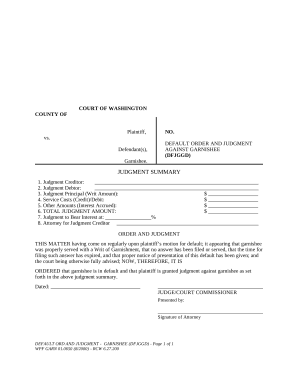
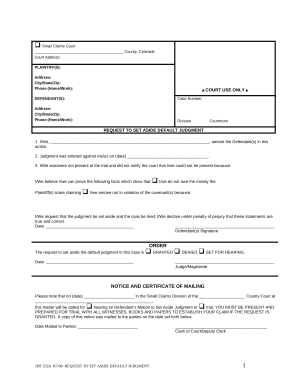
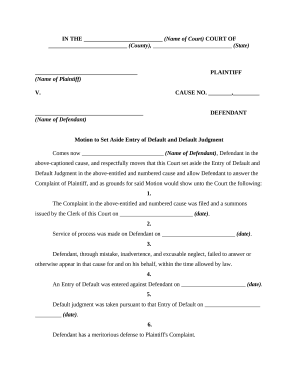
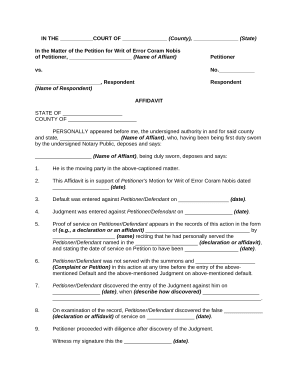
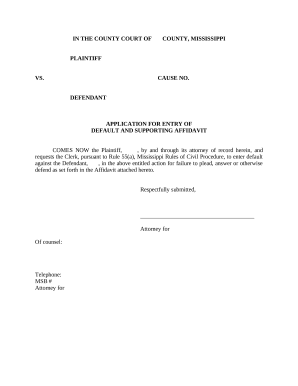
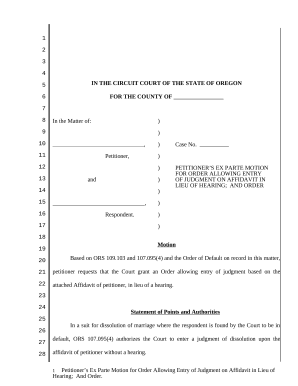
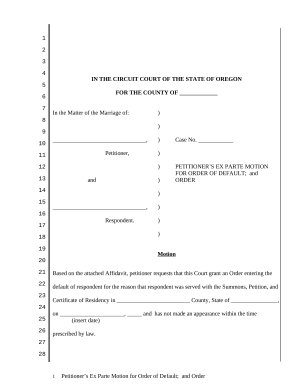
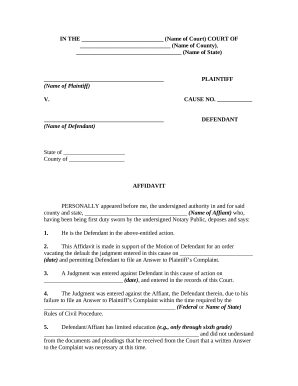
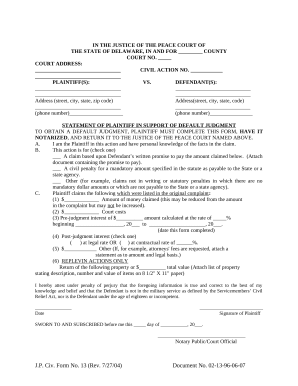
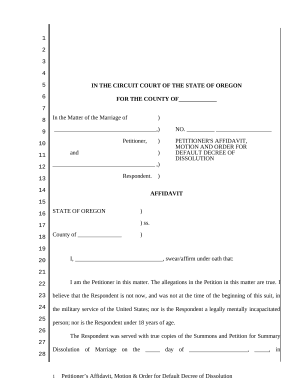
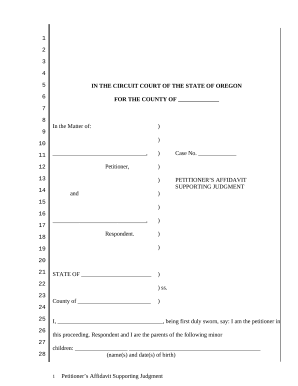
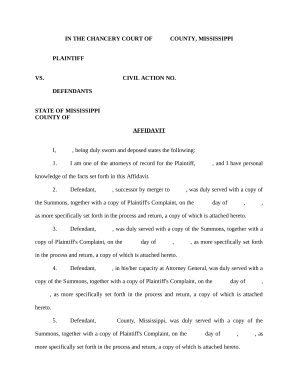
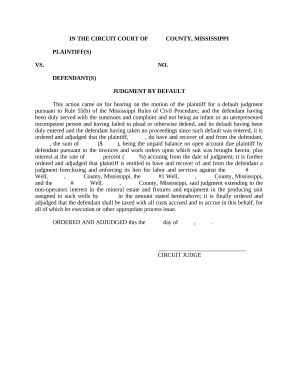
Your workflows always benefit when you can easily obtain all of the forms and documents you will need on hand. DocHub offers a a huge library of document templates to relieve your everyday pains. Get a hold of Default Judgments category and quickly browse for your document.
Start working with Default Judgments in several clicks:
Enjoy easy form management with DocHub. Explore our Default Judgments category and discover your form today!